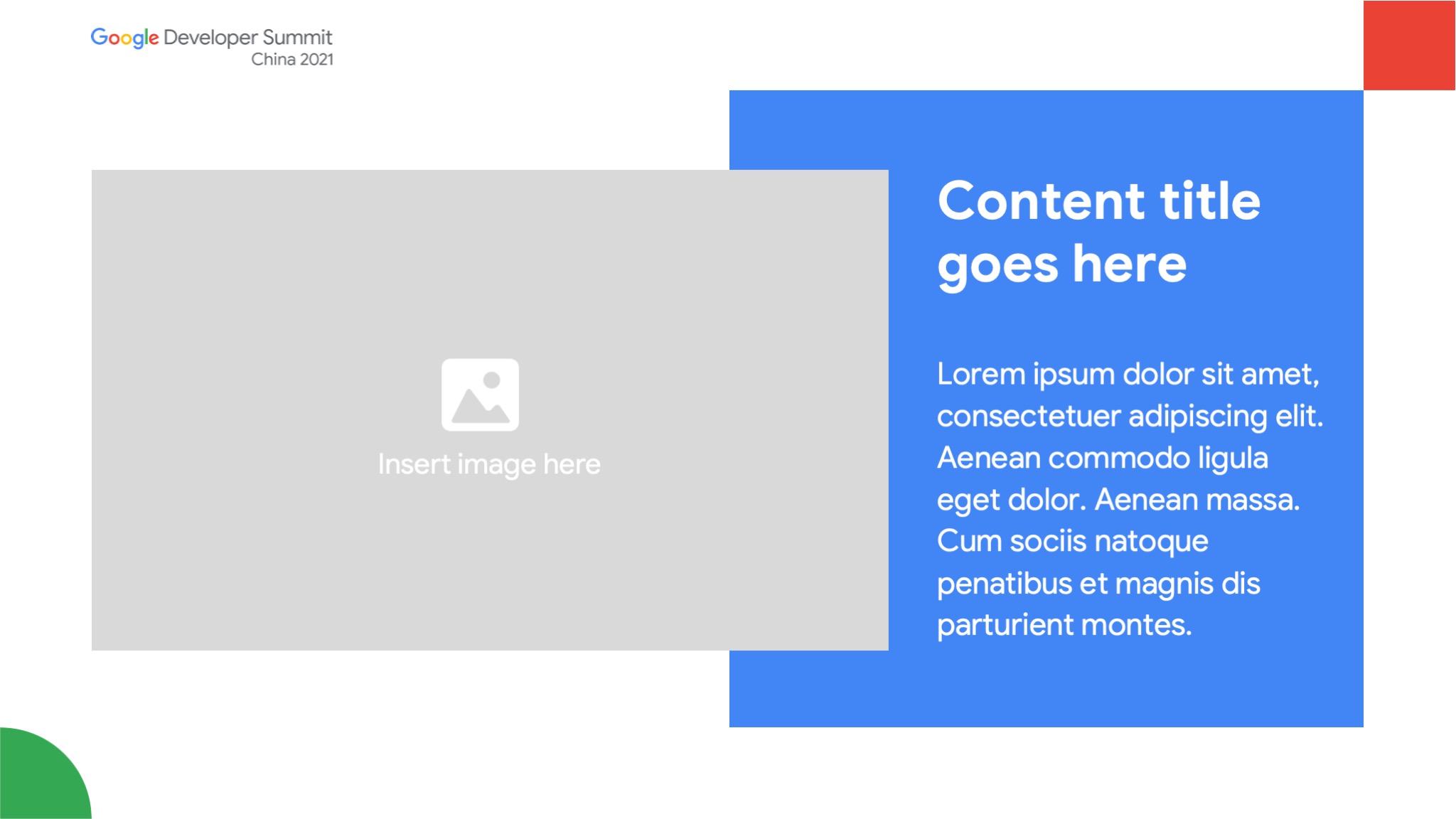Deck design
A professional presentation deck is not just a visual aid; it’s a powerful tool that can enhance your communication, build trust, and ultimately help you achieve your presentation goals. Creating a presentation deck that captures attention and conveys your message effectively requires careful planning and design.
Here's a step-by-step guide to help you craft a compelling presentation:
- What do you want to achieve with your presentation? Are you informing, persuading, or entertaining?
- Who is your target audience? Understanding their interests and knowledge level will help tailor your content and visuals.
- Gather information and evidence to support your key points.
- Use reputable sources and ensure your data is accurate and up-to-date.
- Create an outline that flows logically and tells a clear story.
- Group related information into themes or sections.
- Focus on key messages and avoid overloading your slides with text.
- Use concise and impactful language.
- Consider using storytelling techniques to engage your audience.
- Choose a visually appealing template or theme that aligns with your brand and message.
- Use high-quality visuals such as images, graphics, and videos.
- Maintain consistent formatting and fonts throughout your deck.
- Keep it simple. Avoid using too much text, colors, or animations.
- Use visuals effectively. Images, charts, and graphs can help illustrate your points and make your presentation more engaging.
- Focus on storytelling. Use narrative techniques to connect with your audience and make your presentation memorable.
Case Studies:
Mills was asked by Google to design many speaker’s presentations for their product launches and developer events, etc. Designing presentation slides for an organization like Google must follow a few design principles such as:
- User-centered design
- Simplicity and clarity
- Collaboration and accessibility
- Integration with Google ecosystem
- Flexibility and customization
- Continuous improvement
Also knowing that a professional presentation deck is crucial because it serves several important functions that can significantly impact the success of your presentation:
- A well-designed deck demonstrates professionalism and attention to detail, immediately setting a positive tone for your presentation.
- Investors, clients, and other audiences are more likely to take you seriously if you present a polished and professional-looking deck.
- Professional design helps organize information logically, making it easier for your audience to understand your message.
- Visual aids like charts, graphs, and images can enhance understanding and retention of key points.
- An aesthetically pleasing deck captures and holds the audience's attention, making them more receptive to your message.
- A well-designed deck is more likely to be remembered, leaving a lasting impression on your audience.
- A professional deck signifies that you have invested time and effort in your presentation, demonstrating your commitment to your audience.
- A professional deck can build trust and credibility, making your message more persuasive.
- A well-structured deck can help you stay organized and on track during your presentation.
- Visual prompts can also help you remember key points and ensure you cover all the essential information.



















